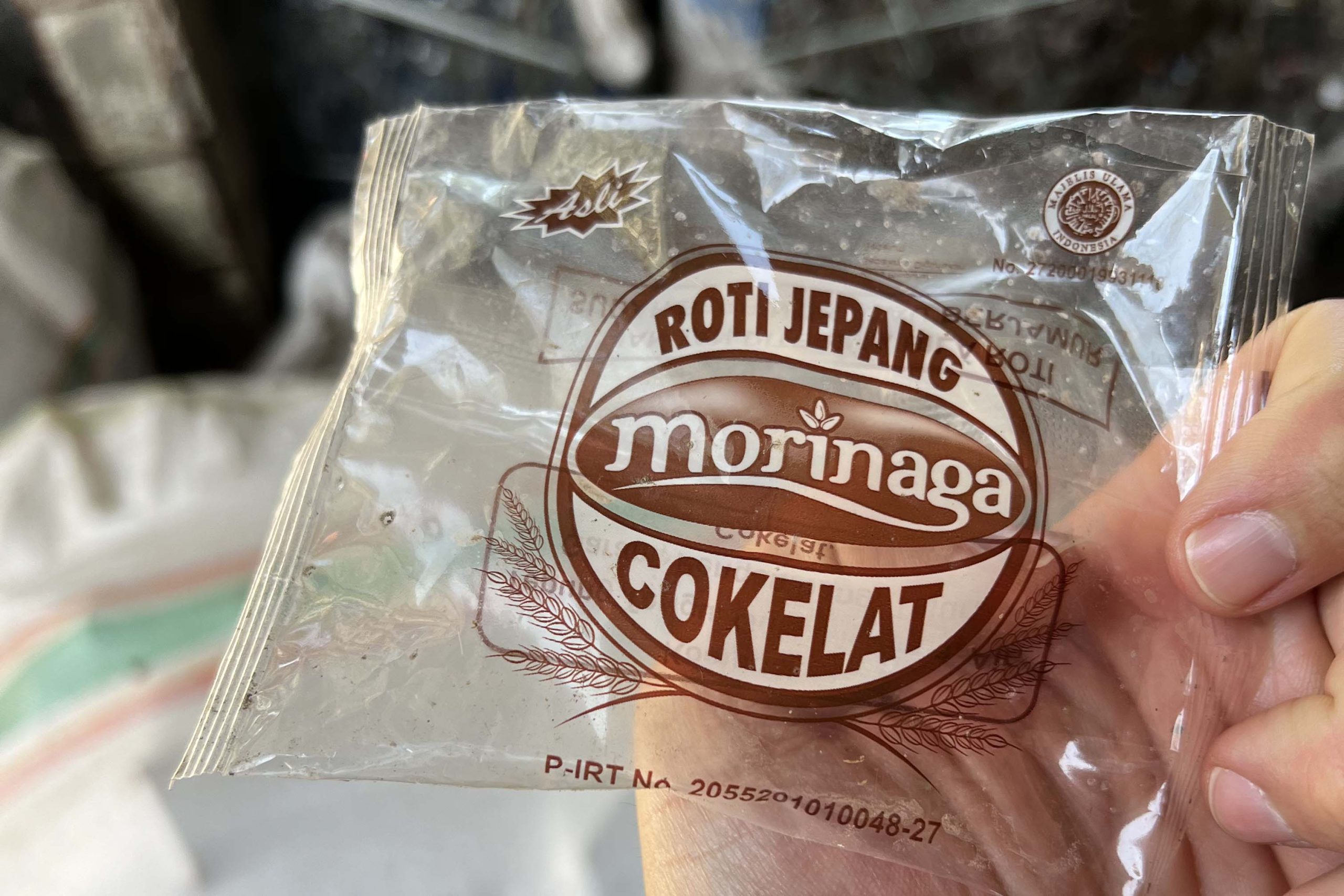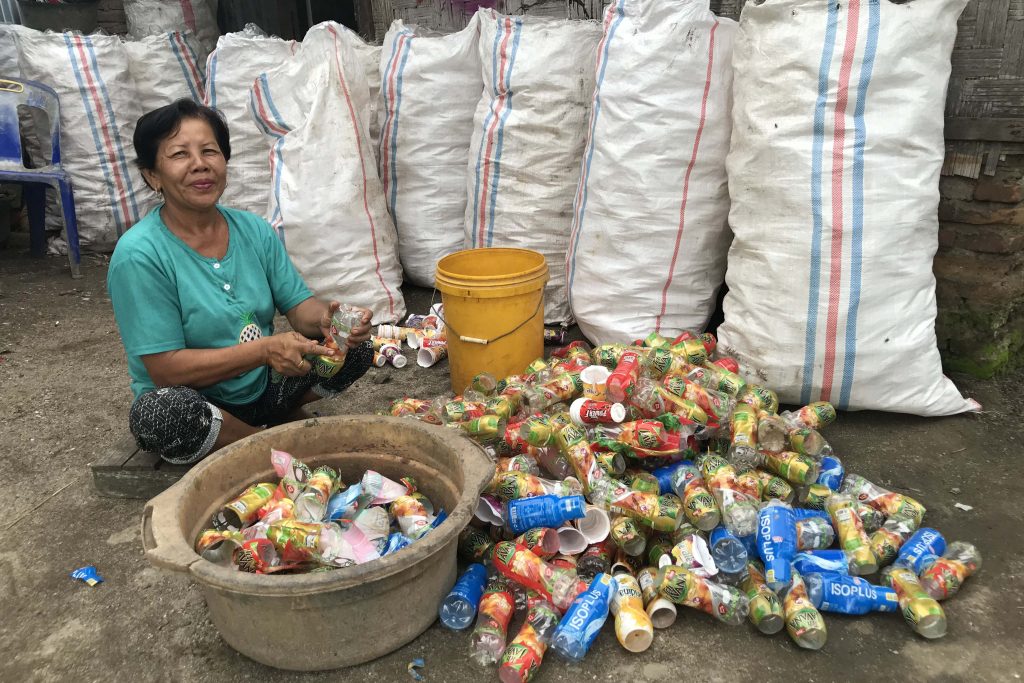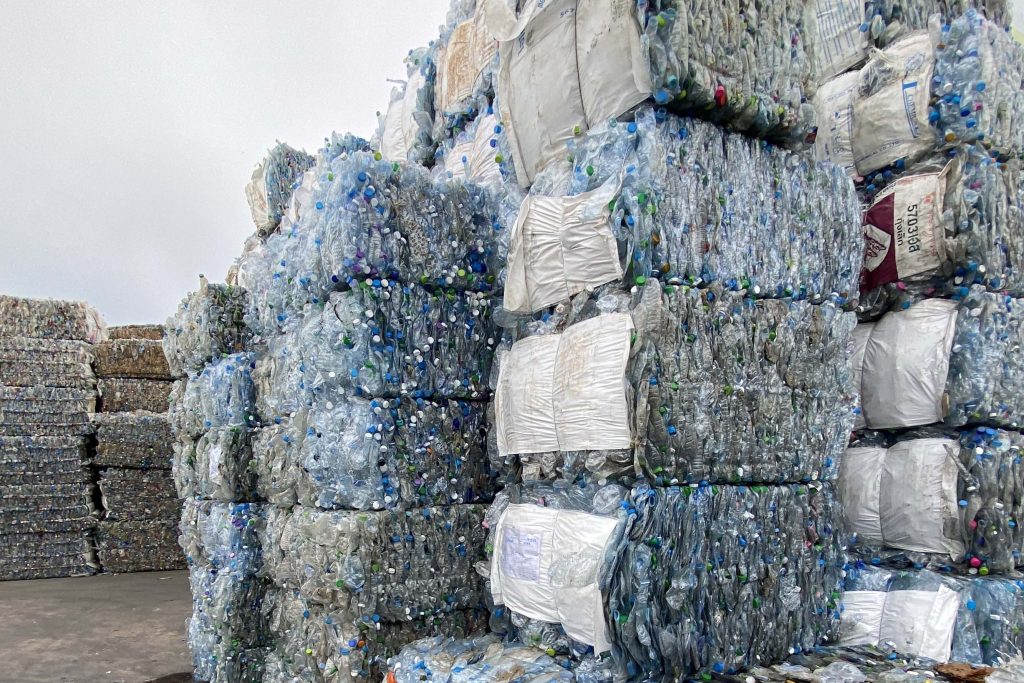Low value plastic refers to types of plastic waste that are difficult to recycle due to their material composition, contamination levels, or low economic return. Unlike high-value plastics—such as PET (polyethylene terephthalate) used in water bottles or HDPE (high-density polyethylene) used in detergent containers—low value plastics often end up in landfills or the environment because they are not financially attractive for recycling.
Examples of low value plastic include multi-layer packaging (like chips or snack wrappers), plastic bags, sachets, straws, styrofoam, and thin film plastics. These materials are often lightweight, non-durable, and contaminated with food or other substances, making them costly to collect, transport, and process. In many cases, the cost of recycling them exceeds their resale value, which discourages recycling businesses from handling them.
The environmental impact of low value plastic is significant. These plastics are some of the most common pollutants found in waterways, beaches, and urban areas. Their persistence in the environment contributes to the global plastic pollution crisis, harming marine life, clogging drainage systems, and degrading ecosystems.
Efforts to address the issue of low value plastics include the development of alternative materials, improvements in collection and sorting systems, and initiatives like plastic credits that support the recycling of hard-to-recycle plastics. Organizations like Reclaimify work to create value from these materials by supporting community-based recycling initiatives and promoting responsible plastic waste management.
By understanding and addressing the challenges of low value plastic, we can move closer to a circular economy—where all materials, regardless of their market value, are reused, repurposed, or responsibly disposed of.






